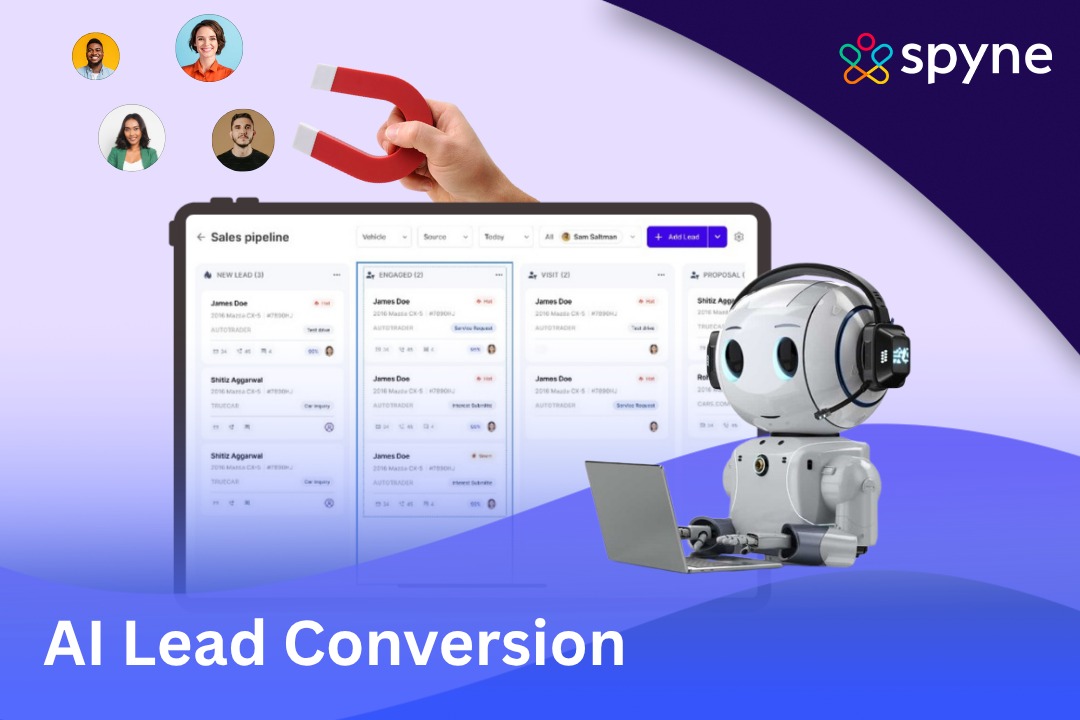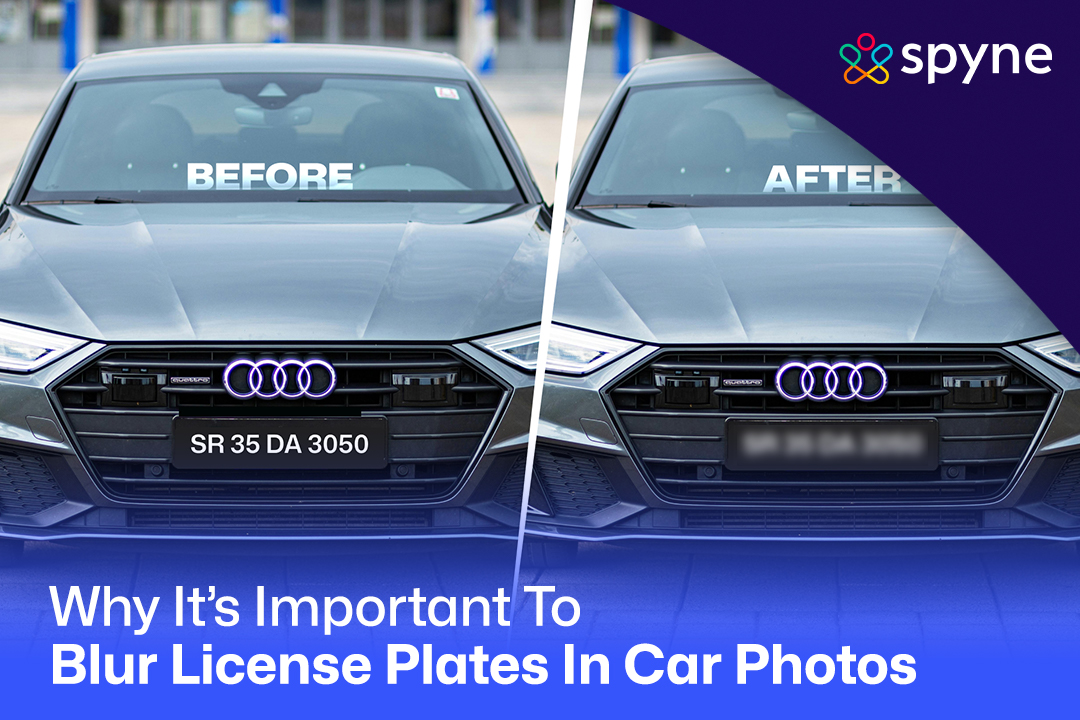Experience Vini AI in Action Today !
Vehicle Inspection
Speed Up Your Vehicle Inspection with AI Precision
Spyne’s AI-powered Vehicle Inspection tool brings speed and precision to the forefront, detecting even the smallest flaws instantly. Streamline your inspection process, save time, and cut costs.
%2Fhttps%3A%2F%2Fspyne-static.s3.amazonaws.com%2FmerchandisingLandingPages%2FSpeed%2BUp%2BYour%2BVehicle%2BInspection%2Bwith%2BAI%2BPrecision.jpg&w=3840&q=90)
Trusted by thousands of dealerships worldwide.
%2Fhttps%3A%2F%2Fspyne-static.s3.amazonaws.com%2FmerchandisingLandingPages%2FAccurate%2BInspection.jpg&w=3840&q=90)
Choose from 100+ templates
Accurate Inspection
Unlike traditional inspections, where human error may lead to overlooked issues, Spyne’s AI technology detects both visible and hidden problems like early signs of wear and tear that might escape a manual check, providing a comprehensive assessment of the vehicle's condition.
%2Fhttps%3A%2F%2Fspyne-static.s3.amazonaws.com%2FmerchandisingLandingPages%2FComprehensive%2BReporting.jpg&w=3840&q=90)
Comprehensive Reporting
Our AI inspection systems generate detailed reports after each vehicle assessment. These reports include diagnostic data, images of any damaged parts, and maintenance recommendations.

Detailed Diagnostics
Our reports provide in-depth diagnostic data, ensuring every aspect of the vehicle is thoroughly evaluated.

Visual Evidence
We include images of damaged parts, giving potential buyers clear insight into the vehicle’s condition and necessary repairs.
%2Fhttps%3A%2F%2Fspyne-static.s3.amazonaws.com%2FmerchandisingLandingPages%2FDetailed%2BDiagnostics.jpg&w=3840&q=90)
Enhanced Customer Experience
Our digital inspections streamline the business process, addressing common customer complaints such as long wait times and scheduling conflicts.
0%
INSPECTION TIME REDUCTION
0%
HIGHER REPEAT BUSINESS
Auto Inspection
Fast, Accurate Inspections for Every Vehicle
Upgrade to a new standard of efficiency and accuracy in vehicle inspections.

Technology-Backed Inspections
Transform your inspection process for faster, more accurate results with every vehicle.

Accurate Flaw Detection
Pinpoint even the slightest imperfections with AI precision.

Time-Saving Automation
Speed up inspections with automated, error-free results.

Cost-Effective
Reduce manual labor and eliminate costly inspection errors.

Consistent Quality Control
Ensure every vehicle meets high standards before sale.

Enhanced Customer Trust
Showcase flawlessly inspected vehicles, building confidence with buyers.
Checklist for Computer-Aided Vehicle Inspection of Used Car
The automotive sector is undergoing significant transformation, mainly due to the incorporation of Artificial Intelligence (AI). Technology in the automobile industry is not only helping the manufacturers but also the dealers, service providers and the owners of the cars. A key area where the use of AI is making an important stride is vehicle inspection. AI-powered inspections are transforming the ways how companies check vehicles, from used car dealership inspections for buyers to accidental car inspections for insurance. Go through this article to dive deep into understanding the role of AI in modern vehicle inspection of vehicles, its benefits and more.
Auto Inspection Services
Streamlined Vehicle Inspection for Effortless Quality Control
Effortlessly detect flaws, ensure quality, and keep your vehicles ready for sale with seamless integration into your workflow.
01
500k+ Vehicles Inspected
Join the growing number of dealers using Spyne’s tool to inspect and ensure quality across their inventory.
02
400k+ Flaws Detected
Quickly identify even the slightest imperfections, enhancing your vehicle's presentation and value.
03
500k+ Instant Reports Generated
Receive detailed, actionable inspection reports in seconds, keeping your process efficient and error-free.
Motor Vehicle Inspection
Effortless Vehicle Inspection for Superior Quality
Spyne’s AI-driven vehicle inspection tool makes quality control effortless. Detects imperfections in seconds, ensuring every vehicle in your inventory is showroom-ready with minimal effort and maximum precision.
The Go-To Choice for Hassle-Free Car Inspections
"Spyne’s 360° Spin and Video Tour tools have completely changed how we showcase our inventory. The visuals are breathtaking, the process is effortless, and the results speak for themselves, we got higher engagement and a significant boost in sales!"
.png&w=128&q=75)
James
Unidas
"Top-notch service from start to finish! The inspection process was seamless, and the report was super detailed. I felt completely confident in the vehicle inspection, thanks to Spyne.ai’s accuracy and professionalism. Will definitely use it again!"
.png&w=128&q=75)
Emel
This Car
Got questions? We've got answers.
Find answers to common questions about Spyne and its capabilities.
Explore AI-Powered Vehicle Inspection Options
Want to Make Your Vehicle Listings Attract Buyers Instantly?
Spyne helps you create stunning visuals and immersive experiences that drive faster sales—all with just a click.
/d20uiuzezo3er4.cloudfront.net/AI-tools/ai-tool-home/HeaderNew/Spyne+Logo+black.png)
 Image Studio
Image Studio Car Tour
Car Tour Video Tour
Video Tour Vini AI
Vini AI.png)
.png)
.png)
.png)
.png)
.png)










